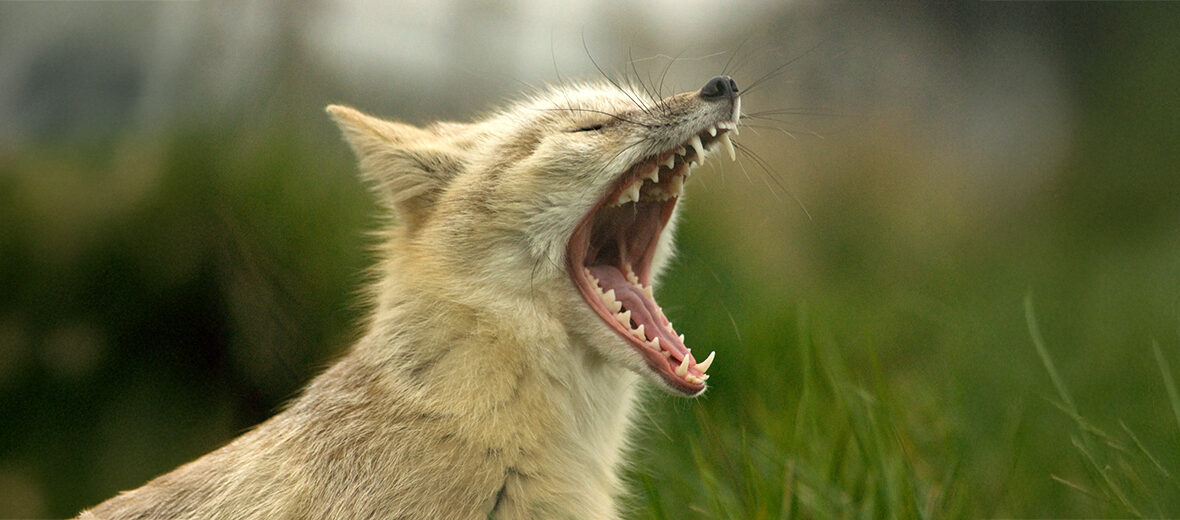
The corsac fox, aka corsac or steppe fox, dwells in steppes, deserts, and semi-deserts, in Central Asia, from Mongolia to northern China. They are a medium-sized species of fox that face the threats of habitat loss and destruction at the hands of farming and ranching; hunting and trapping for their pelts; and the decline in marmots, their primary prey item. They are abundant enough, however, to be listed as Least Concern by the IUCN. Their population trend is listed as unknown though.
First the Stats…
Scientific name: Vulpes corsac
Weight: Up to 7.1 lbs.
Length: Up to 26 inches, plus up to a 13.8 inch tail
Height: Up to 12 inches, at the shoulders
Lifespan: Up to 13+ years
Now on to the Facts!
1.) These foxes have been domesticated in the past.
2.) They possess scent glands, and some of them produce strong odors, however not as strong as those found in some other fox species.
3.) Their scent glands are located in the anal area, just above the base of the tail, and also on their cheeks and paws.
4.) Corsac foxes bark during hunting or when threatening rivals, and they use higher pitched yelps or chirps as alarm calls or during social greetings.
5.) There are 3 subspecies recognized: Vulpes corsac corsac, Vulpes corsac kalmykorum, and Vulpes corsac turkmenicus.
But wait, there’s more on the corsac fox!
6.) They prefer open grassy steppes and semideserts, and typically avoid thick vegetation, mountainous regions, true deserts with drifting sands, snowfields, and human habitations.
7.) These foxes hunt insects, marmots, voles, jerboas, hamsters, gerbils, ground squirrels, hares, pikas, and carrion (dead animals). They will also eat fruit and various vegetation, when necessary.
Did you know…?
It has been claimed that these foxes can climb trees, but this has not been verified.
8.) Grey wolves, Eurasian eagle-owls, and golden eagles all prey on these foxes.
9.) These foxes are nocturnal (active at night).
10.) They construct their own dens, which are generally shallow (about 3.3 feet), but they also take over the burrows of other animals, like marmots, ground squirrels, or badgers.
But wait, there’s still more on the corsac fox!
11.) Dens have several entrances and are shared amongst others in their pack. Their interconnected dens are often referred to as “corsac cities”.
12.) Females undergo up to a 60 day gestation that yields up to 6 kits.
Did you know…?
A primary cause of population reduction, often up to 90%, is natural disasters. However, these durable critters often bounce back from these declines.
13.) Kits weigh just 2.1 ounces at birth.
14.) The closest living species to the corsac fox is considered to be the Tibetan sand fox.
15.) Their pelts have been harvested by humans since the Bronze Age for subsistence and commercial purposes.
Now a Short Corsac Fox Video!
Be sure to share & comment below! Also, check out the Critter Science YouTube channel. Videos added regularly!

Want to suggest a critter for me to write about? Let me know here.
Some source material acquired from: Wikipedia & IUCN
Photo credit: Spencer Wright



